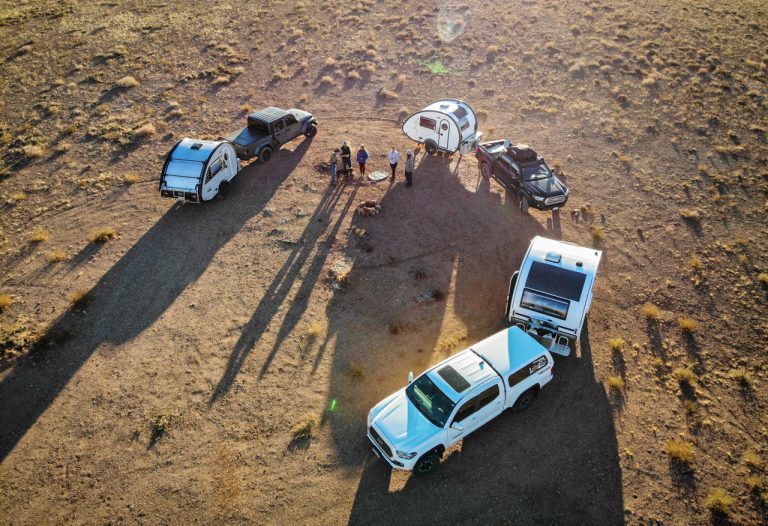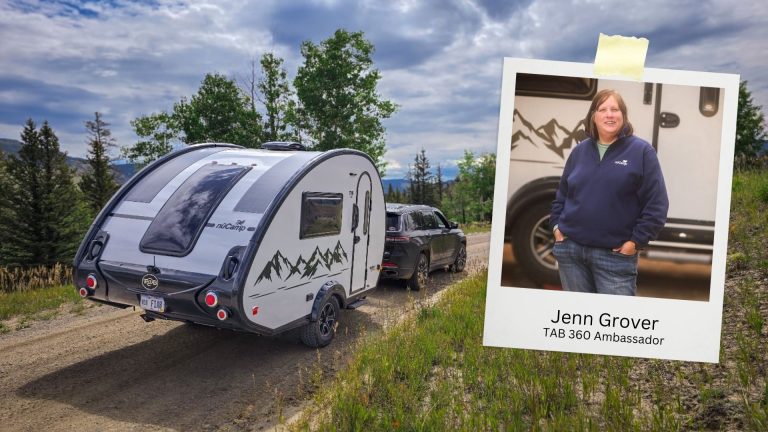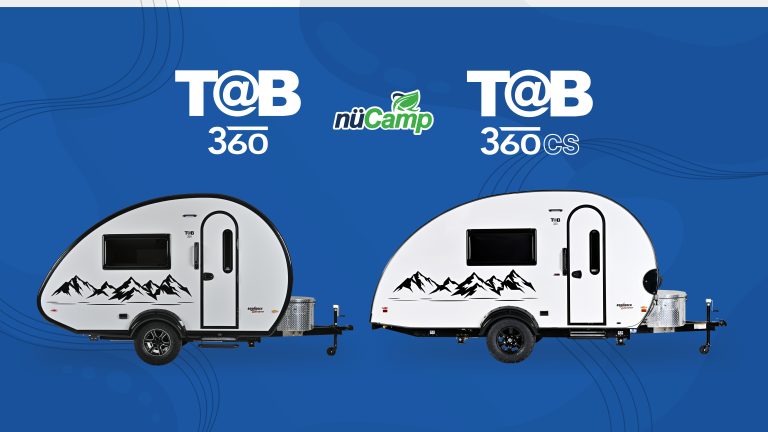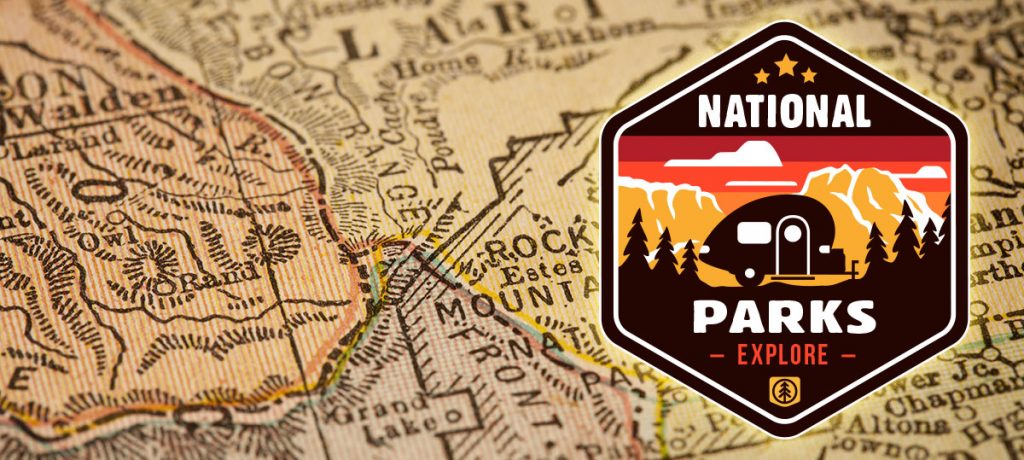Our National Park System originated in 1916, when President Woodrow Wilson created the United States National Park Service, with Yellowstone National Park becoming the nation’s first national park in 1872. Since then, the system has grown to 419 areas covering more than 85 million acres in every state, the District of Columbia, American Samoa, Guam, Puerto Rico, and the Virgin Islands, with more than 318,211,833 visiting national parks in 2018.
From national, military and historical parks and sites to monuments, battlefields, lakeshores, seashores, recreation areas, scenic rivers and trails, and the White House, there is something for everyone to explore and enjoy. And in our new “Road Trip” series, we’ll be highlighting some of the national parks, focusing on those that have RV camping. (According to Campendium, only 32 states have national parks with RV camping directly in the park itself.) Other posts in the “Road Trip” series will cover national forests and U.S. sites included on the World Heritage List as well as scenic drives and national scenic trails.
What to Know About National Parks
While each park will have location-specific rules and regulations, here’s a general overview about the National Park System. To begin with, the National Parks are managed by National Park Service (NPS) park rangers under the U.S. Department of Interior.
You’ll need a park entrance pass by visiting a park site that charges an entrance fee, with both park-specific passes and the National Parks and Federal Recreational Lands Pass Series passes offering entrance to more than 2,000 federal recreation sites in addition to the national parks. To make it easier to plan your road trip, you can see a map of national parks, search by state or download maps from the Harpers Ferry Center map collection, where you can also find links to official NPS mobile apps for smart phones, tablets, e-readers, and more.
General information about camping or lodging in national parks can be found on the Recreation.gov website, with park-specific services available on each park’s website. That’s where you will get the most up-to-date information, including any unexpected park closures due to weather or other issues, as well as reservation and pass details. Also, many campgrounds operate on a first-come, first-served basis.
What about pets and service animals? The majority of national parks permit Fido and Fluffy, but be sure you adhere to NPS regulations on pets and verify pet rules at the park you’ll be visiting. Service dogs are permitted anywhere in a park that visitors go, according to the latest National Park Service (NPS) guidelines, as long as they perform a specific task that assists a person with a disability. However, emotional support or comfort animals are not service animals.
You’ll also want to pay special attention to RV size restrictions when researching park sites. (Note: you’ll need to know the length of your motorhome, or the combined length of your tow vehicle and the trailer/fifth wheel or your motorhome and any vehicle or trailer that you’re towing, advises Camper Report. While you’re at it, measure the RV’s height, including any roof-mounted objects, just in case.) Camper Report has a list of popular national park campgrounds and their RV size limits, but check each park site for any changes or updates.
You’ll also want information on available facilities and hook-ups, so you’re prepared in case boondocking is the only option. And then there are the rules about noise, which can come into play if you are using a generator. According to US-Parks.com, keep the noise level at 60 decibels at 50 feet or less, and avoid noises that can have a negative impact on other park users.
While the drive through national parks will be scenic, it can also involve steep grades or winding and/or gravel roads, warns National Parks Traveler so check each park’s site for any unusual driving conditions. Visit Mountain Directory where you can download ebooks for Windows and Mac desktop and laptop computers, ebooks for iPhones and iPads, and apps for Android phones and tablets as well as buy a print version. The resources provide locations and descriptions on more than 700 mountain passes and steep grades in 22 states, with specifics on the grades (how long, how steep in percentages), the number of lanes, the availability of escape ramps and other details such as switchbacks, sharp curves, speed limits and more information.
Our national parks are a national treasure that you need to experience to appreciate. Add one to your itinerary this year!
Recent Articles





